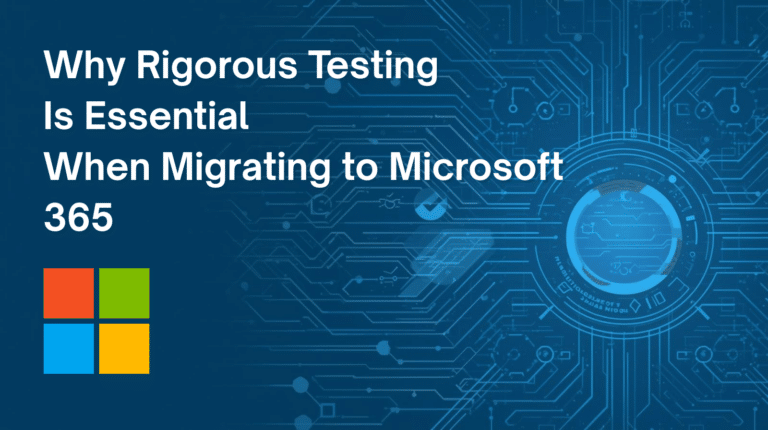Today, the introduction of Cloud-based ERP has brought a radical change in the implementation strategy of business management systems. The evolution of cloud computing and software as a service started in earlier times with the establishment of large mainframe data centres and early outsourced payroll bureaus. In recent times, the two areas have been combined with the introduction of the Cloud ERP.
In the past, traditional ERP vendors charged huge implementation fees for consultation, implementation and training to their customers. This model suits enterprises, where funds aren’t as big of an issue. But for small to medium-sized businesses, resources are always limited and that’s where cloud ERP is a better proposition.
Having said that, there are some important considerations when you are starting an ERP project for your business and these must be attended to while defining the budget & scope of the project. What you need is a Cloud ERP with Low TCO.
-
Do not Compromise on the Functionality for Lower Costs
The functionality of the ERP system you are going to choose should have a higher weight over a lower cost. Any company investing in a business management system in the UK or Ireland isn’t investing for a short period of time but for years to come a cheap tool purchased today may cost an arm and a leg in the long term.
That’s why when any company does any business analysis exercise for a client; it asks for business goals for the next 5 to 10 years. Most of the ERPs have basic functionality anyway but it’s the specific features which make the ERP unique to your business. You should come up with the list of features required to support the goals of the business in the next five years. Do this exercise with the whole team and then check which ERPs tick most of the boxes.
-
Intelligently Select your use cases
The ERP market grew out of the wish to integrate the other departmental systems. It makes sense to have one centralised system to take care of every process and every department in the business but choose your use cases intelligently.
Don’t go overboard with them in automating the smallest and easiest process and on the other hand, don’t leave the major tasks manual. Get a good balance of processes and their implementation cost.
Don’t forget those on-premise systems either and discuss the pros and cons of moving them to the cloud as well as integrating the cloud with them.
-
Be Careful with the Custom Developments and Enhancements
I am a great believer in an out-of-the-box implementation of systems. It ensures a lower Total Cost of Ownership (TCO) and at the same time keeps your upgrade costs in future to the minimum.
Get your requirements analysed by the best possible consultant who is up to speed with the latest versions of the ERP chosen by you. This will ensure that they don’t change the system completely and increase the cost for you.
-
Carefully Choose Your ERP Partner
This is the most important consideration. An ERP in itself is a fantastic tool but if the tool is not implemented properly; you will not get all the benefits. Make a list of potential partners, speak to them, meet them, and run a proof of concept with them. And yes don’t forget to speak to some of their previous customers.
Let us know if the article was useful and if you have any comments feel free to add them below.



